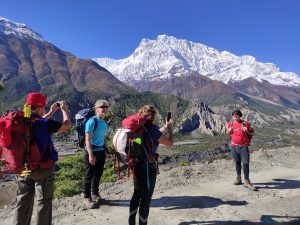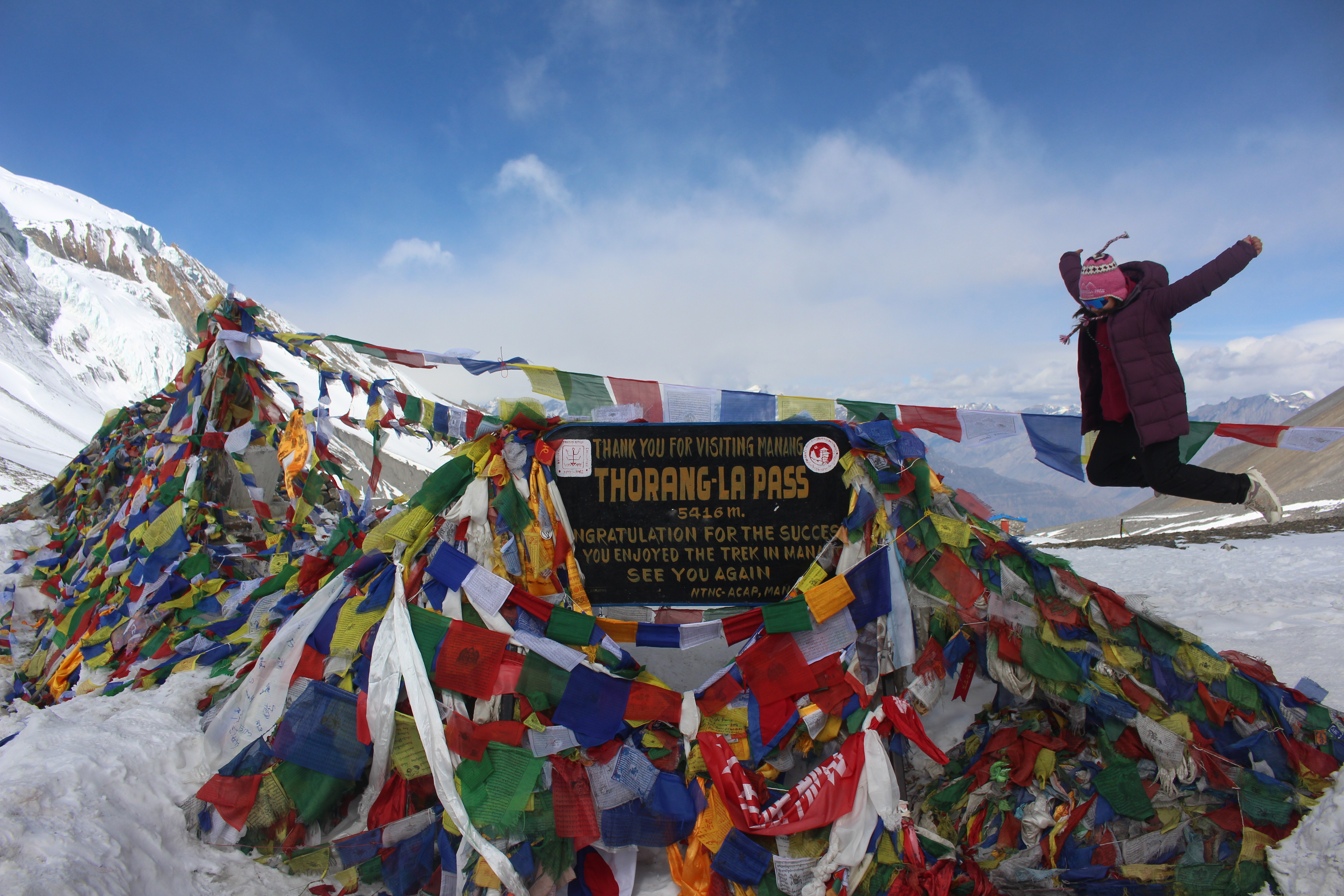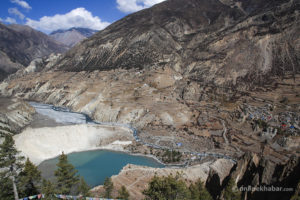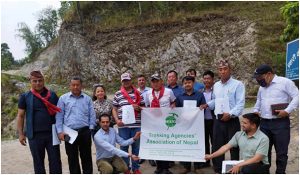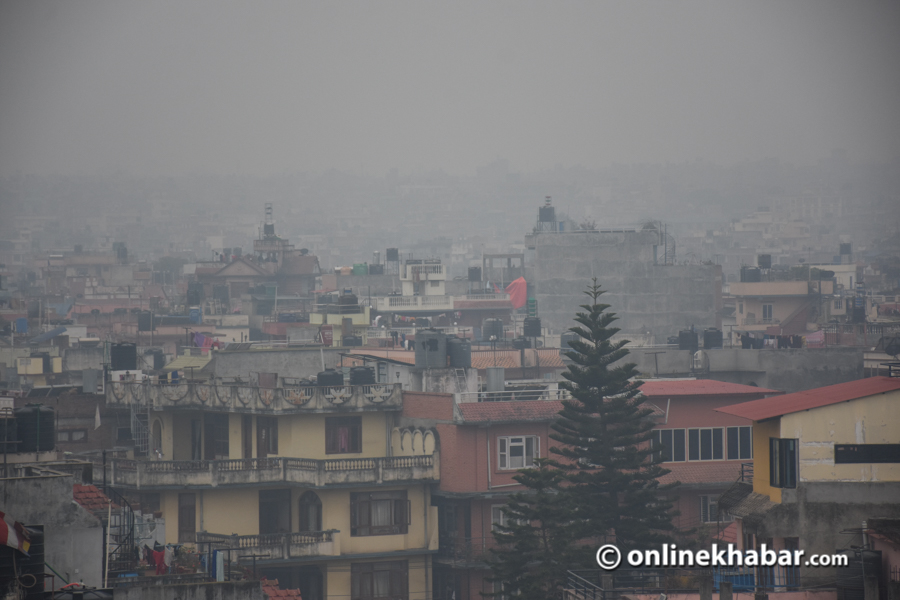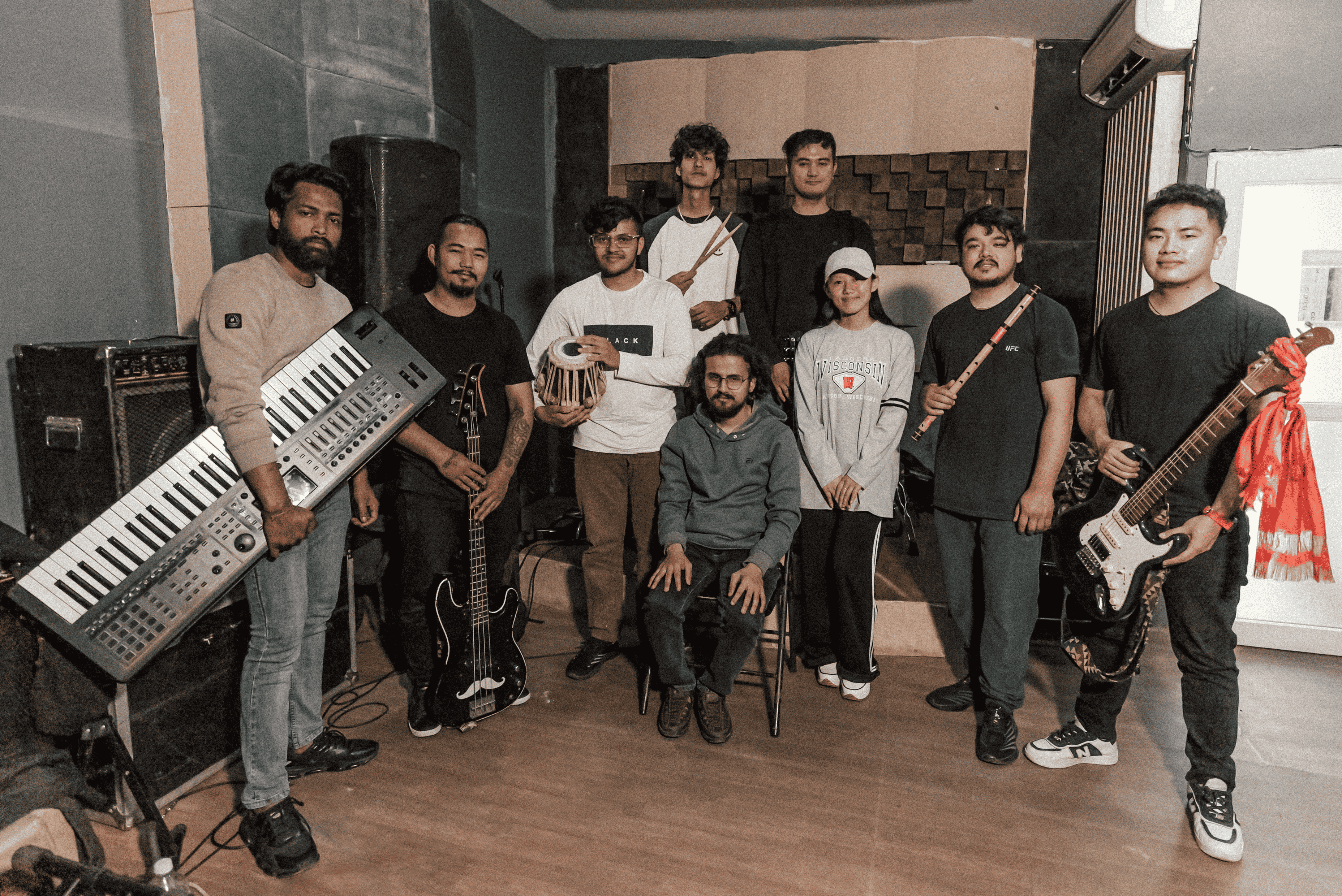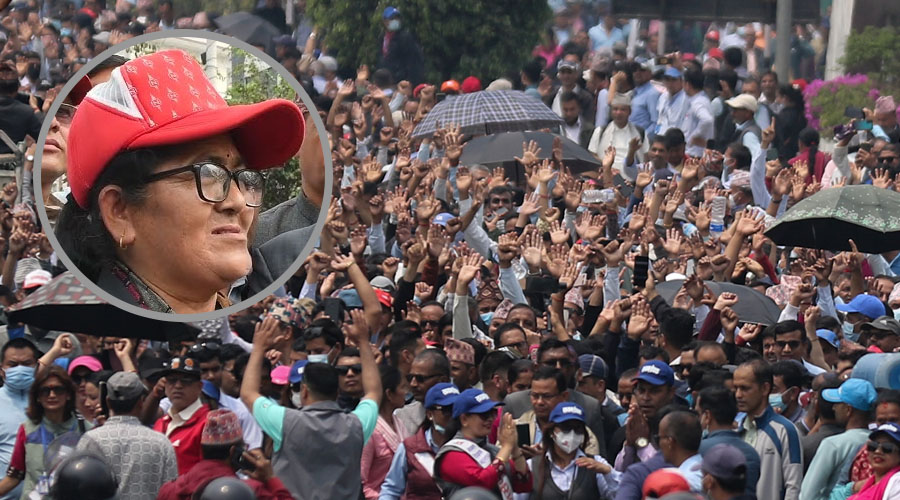
Nepal, home to the world’s highest mountains, has long been a huge attraction for trekkers and mountaineers seeking adventure in the heart of the Himalayas. The more you look back on history, the more you can hear the fascinating tales of trekking in the Himalayas of Nepal. With the help of one such tale from the past, I am here to compare trekking in Nepal now vs 40 years ago.
Hans and Christian are two pals from Denmark who visited Nepal 40 years ago in 1983 and trekked the Annapurna Circuit for three weeks. In 2023, they were back for their adventure and finished the Manaslu Circuit Trek at the age of 64 years with the help of an experienced mountain guide, Jeevan Tamang, from North Nepal Travels and Trek.
Let’s explore their experience and the changes they have observed in Nepal over 40 years.
Infrastructure and accessibility

While we might not have attempted the Thorung La Pass, with no mountain experience, no guide, and proper markings and trail, Hans and Christian did it in 1983. They started their trekking after driving to Dumre and trekking to Pokhara, completing the whole Annapurna Circuit/ Round Annapurna Trek on foot.
Unsurprisingly, they found huge changes on their previous expedition without a guide and now with a guide. Christian covered different topics based on his experience, and most of them are facts, while some of them are his opinions regarding the trekking conditions then and now.
One of the most crucial factors for trekking is the infrastructure and accessibility of the trek. Christian was a bit sad that his first trekking route was now filled with motor roads, and nearly the whole trail that used to take three weeks could now be completed in five days (hypothetically without acclimatisation).

Moreover, the dilemma between rural development and saving old trekking trails also confused him, but he wanted to keep the old and classical trekking tracks along with green rural development.
Talking about the infrastructure in the Annapurna Circuit back then, the road was only up to Dumre. They drove up to Dumre on the roof of a local bus and trekked from Dumre to Pokhara, around the Annapurna I, and completed the trek. Moreover, he discovered the trek section from Jomsom to Tatopani, which holds one of the best memories in his heart and is the most disturbed trekking route.
While he acknowledges that it has made the Annapurna Region more accessible, he also can not agree that destroying the trekking trail to make roads will promote sustainable trekking in the region.
Trekking routes and trails

There were very few marked routes, even not at all, during their first visit to Nepal. Most of the paths they trekked were not even the trails, and they were using a map and an adventure book of previous travellers (not specifically a guidebook). They used to walk for hours to find later that they were on the wrong way, so they had to trek back, which made them more tired.
Compared to then, the trekking route nowadays is marked everywhere, but famous trekking like Annapurna Circuit and the Annapurna Base Camps are overcrowded, so people are searching for alternative trails. While very few used to know about Nepal and the trekking routes then, now people are more familiar with the routes. Christian also mentioned that they met around 12 tourists and were the only people in Thorung La Pass during their Annapurna Circuit trekking 40 years ago.

Accommodations and facilities
When Christian and Hans trekked the Annapurna Circuit in 1983, there was no need for camping. Even though the trail was not marked, there were villages, and people were ready to provide a single-night stay for very cheap (a few rupees).
The accommodations were worse than basic, with no beds and the family of the teahouse and tourists sharing the same room. Moreover, they stayed in a single room used for everything in the higher altitudes. Christian shared how they teared up as the room was filled with smoke as the tea house owner was cooking in the same room, and of course, there was no electronic or LPG gas back then.

Compared to then, now there is a wide range of tea houses and hotels in the Annapurna Circuit Trek, from basic lodges to 3-star hotels. The quality of teahouses and lodges is drastically enhanced, and modern amenities like Wi-Fi and internet are standard. Furthermore, tourists can now experience the same facilities as those in Pokhara’s hotels at the hotels in Muktinath.
Meals, culture and communication

When Christian and Hans trekked the Annapurna Circuit, the villages were filled with people with typical Himalayan outfits and traditional foods. The people were not educated and focused on their way of life, and communication with them was almost impossible.
Their only communication was about drinking water (with the Nepali word “Pani”) and sign language to eat and sleep. Very few people were involved in tourism as a business, or none.
Nowadays, the younger generations from higher places wear regular clothes, leaving their typical garments behind. Christian and Hans share their worries about their traditional clothes becoming occasional or vanishing. The people from these regions are now involved in trekking/tourism as a business and making their livelihood out of it.
Comparison of weather by tourists who trekked in Nepal 40 years ago and now in 2023.
Everybody talks about climate change and knows the slow poison degrading the earth daily, but Hans and Christian can see the differences with their own eyes. The Annapurna Circuit trek 40 years ago was a trekking paradise compared to now, and it shows more signs of degrading day by day.
Once hailed as one of the best classical trekking trails in the world, it is now filled with motor roads. The attractions of nature have now been mixed with dirt and debris, and many places have been flooded, sweeping trekking trails and villages alike.

Even recently, the flood from KagKhola swept 10 houses and animal sheds in Mustang. Yes, you heard it right: it is the same village as Mustang, which we used to call the rain shadow region. Not surprisingly, the villagers living in Mustang only used to experience light rainfall every year; however, in the past five years, the amount of rainfall has increased significantly. While the KagKhola used to become massive during rains, it would return to its original width after rainfall. However, the continuous rain of about 48 hours was responsible for the flooding in Mustang on October 20, 2023.
Moreover, Hans and Christian even mentioned that during their Manaslu Circuit Trek, the trekking trails were missing due to frequent small and massive landslides. There were few landslides 40 years ago; if the rate of landslides was like now, who would have mended and cared for the Annapurna Circuit Trail, they added?
One of the major concerns for Christian and Hans was that they were also partly responsible for global warming as they used planes to travel to Nepal. The carbon emissions from plane fuel also play a significant role in global warming, so their concern is valid.
Talking more about the changing temperature, Christian spoke about how they were now seeing less snow in the Himalayas, and black spots of mountains will still not be covered with gleaming white snow till late October. Hans added that the Annapurna Circuit Trek 40 years ago was filled with so much snow that they were the only people to trek to Muktinath while crossing Thorung La Pass. And no, they did not hike the Annapurna Circuit in winter; it is still impossible to cross the Thorung La Pass in the winter season.

Slowly but surely, the effects of climate change have also disturbed Nepal’s climate. The glaciers have receded even farther up. The pristine lakes are being filled with sand and debris due to floods. The Tal(lake) between Dharapani and Chyamche is no longer a lake as sands and debris have filled it beyond recognition. The unplanned roads, attached power lines, and fibre cables get destroyed yearly due to landslides and floods. “Is it worth developing the villages, destroying the classical trekking trails, and with constant worries of landslides and floods?” Hans added. “Well, I don’t know; the people must want urbanisation in the Himalayas and remoteness in Pokhara,” he answered.
“Yeah, Manaslu was remote and isolated, but the roadways being constructed will slowly take away its remoteness and natural beauty, so we are planning for the Kanchenjunga Trek, and hopefully, we will be able to do it next time,” Christian added.
More noticeable climate change issues have been experienced since 2020. Not only is the snowfall level slowly changing, but the timeline for snowfall is also changing. The weather in the first two weeks of October for the past few years has been unpredictable, with continuous rain.
The weather change has already progressed so much that snowfall can only be experienced by the first week of February, eliminating the chances of snowfall in January. Regarding factual events, the potential risk became evident in 2021 when snowfall shifted from early January to the end of February in the past two years (2021 and 2022) despite temperatures dropping.
This change in snowfall patterns could impact the local wildlife in breeding, migration, and visibility. If global warming persists, trekking seasons may need significant adjustments.
What’s really valuable in life?

Finally, Christian and Hans shared their perspective on life as youngsters visiting Nepal for the first time. Back then, they were preoccupied with thinking about education, friends, and family, what they would be like in the future, and more worries of a typical teenager.
Now, they have lived a fulfilled life; they suggest new generations to be present now and not to plan too much ahead. From their perspective, appreciating the small things in life is one of the secrets of happiness, and always being there for your friends and family is one thing you must never miss.





